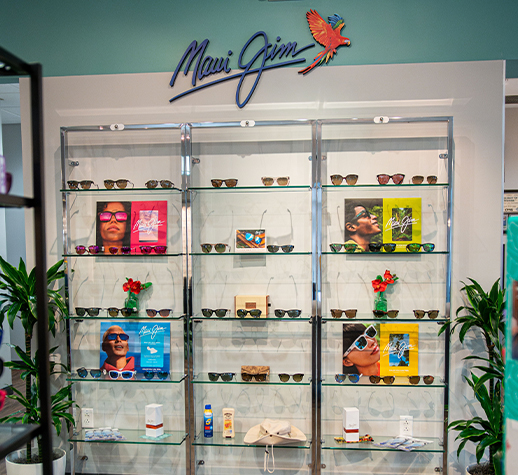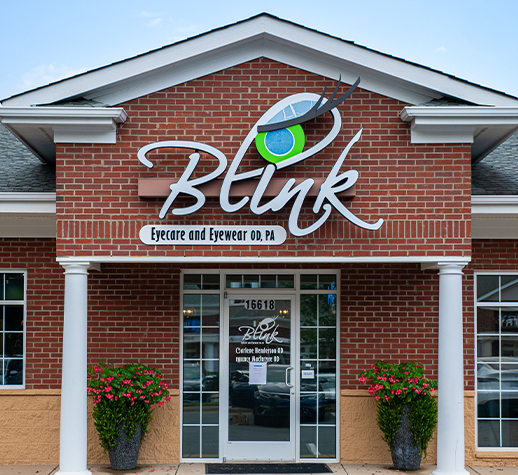
Myopia, also called nearsightedness, is a refractive error affecting many children globally. It causes the eyes to see distant objects as blurred, while those close by appear clear. Discovering that your child has this condition requires prompt, decisive action.
Causes of Myopia in Children
There is no established cause of nearsightedness in children. However, there are a few factors that specialists link to the development of the condition. Heredity can increase the risk of your child developing myopia. They may have a high chance of getting it if there is a family history of nearsightedness.
Children can develop myopia due to excessive screen time. Spending long hours staring at digital screens like smartphones, tablets, and computers can lead to the development of nearsightedness in your child. Engaging in tasks or activities requiring close focus on objects like a computer or reading also increases myopia risk in children.
Children should spend most of their time outdoors to reduce the risk of developing nearsightedness. They must avoid dimly lit homes, classrooms, or other environments to avoid developing myopia.
Symptoms Your Child Has Myopia
The primary indicator that your child has myopia is struggling to see distant objects but seeing those nearby. However, other symptoms may indicate that your child has nearsightedness. They include:
Blurred vision - Your child has myopia if they begin complaining of blurred vision
Headaches - Myopia may cause your child to experience headaches. The pain becomes more apparent when they try to look at objects from a distance
Squinting - A child with myopia will try to squint to see a distant object better
Eyestrain - Myopia causes children to experience eye fatigue or stains after doing close work like reading
Diagnosis
A myopia diagnosis often happens during routine eye exams. The eye doctor will determine whether your child has myopia by performing various tests. A refraction test will measure how light enters your child’s eye. It will help determine if they need prescription contacts or glasses.
A visual acuity test will test how well your child can read symbols or letters from a distance. The eye specialist can also do a retinal examination to check if there are any signs of disease or damage at the back of the eye.
Treatment
Eye doctors can recommend the following myopia treatments:
Prescription contacts or eyeglasses - These are among the most common treatment forms to help children with myopia see better. These corrective lenses allow your child to see things from a distance. They correct the refractive error occurring in the eye
Atropine drops - These slow the progression of myopia. They are for placing in the eyes
Orthokeratology - This nonsurgical treatment entails wearing ortho-k contact lenses overnight to reshape the cornea. They help correct the refractive error temporarily and allow your child to enjoy clear sight during the day
Prevention
Parents can help prevent the development of myopia in their children in several ways. They should encourage outdoor activities whenever possible. Ideally, limit screen time by inspiring children to do more engaging activities. Children need to have proper lighting when doing close work like reading. It will reduce the risk of myopia and eyestrain. Parents should promote good reading habits in their kids.
For more about myopia and treatment options, get in touch with our team at Blink Eyecare and Eyewear in Charlotte, North Carolina. Call (704) 817-3800 to schedule an appointment today.












